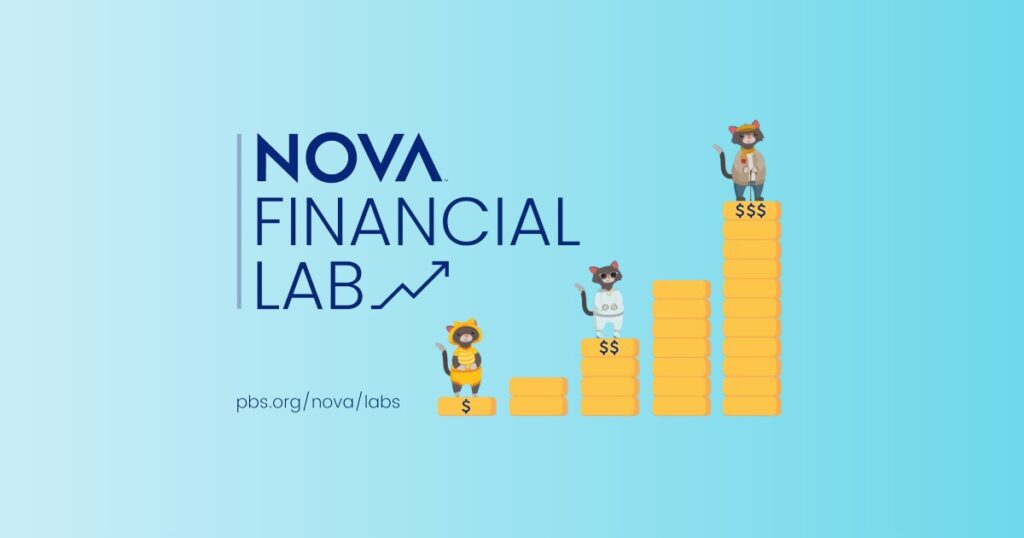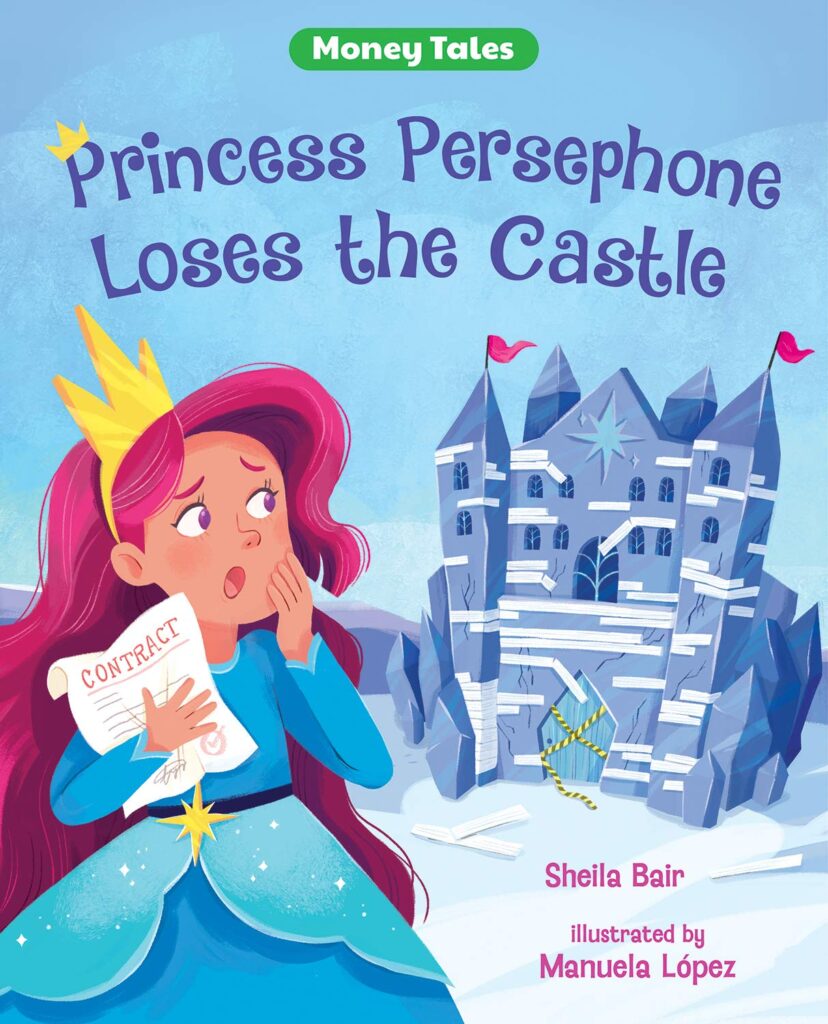
Grades 9-12

Don't have an account yet? Sign up for free
Don't have an account yet? Sign up for free

Students use economic reasoning to analyze the costs and consequences of marital choice. “The best things in life are free.” This idea is widely expressed as a maxim by people who know nothing of its origin. They know it’s true through intuition and common sense. In this lesson students analyze choices that married couples make in order to understand that, contrary to expectations, these choices do have costs.
The Best Things in Life are Free is a song written by B.G. DeSylva, Lew Brown, and Ray Henderson for the musical "Good News" which opened on September 6, 1927 in the 46th Street Theater in New York City. It played for 557 performances. A movie version was produced in 1930 and remade in 1947. A movie musical, "The Best Things in Life Are Free," based on the careers of the songwriters, was made in 1956.
The song’s lyrics imply that love and marriage are costless:
 The moon belongs to everyone
The moon belongs to everyone
The best things in life are free,
The stars belong to everyone
They gleam there for you and me.
The flowers in Spring,
The robins that sing,
The sunbeams that shine
They’re yours,
They’re mine!
And love can come to everyone,
The best things in life are free.
This idea is widely expressed as a maxim by people who know nothing of its origin. They know it’s true through intuition and common sense. In this lesson students analyze choices that married couples make in order to understand that, contrary to expectations, these choices do have costs.
Handy Dandy Guide
People choose. People choose the alternative which seems best to them because it involves the best combination of costs and benefits.
People's choices involve cost. Costs are the choice people give up when they make their best choice.
People respond to incentives in predictable ways. Incentives are actions or rewards that encourage people to act. When incentives change, people's behavior changes in predictable ways.
People gain when they trade voluntarily. People can produce more in less time by concentrating on what they do best. The surplus goods or services they produce can be traded to obtain other valuable goods or services.
People's choices have consequences which lie in the future. The important costs and benefits in economic decision making are those which will appear in the future. Economic reasoning stresses making decisions about the future because it is only the future that we can influence. We cannot influence things that have happened in the past.
Select three of the following decision situations which you think are important. For each decision situation, list three choices that a married couple might make. For each of these choices, list an opportunity cost and tell who will bear the cost. What incentives are there for the couple to make this choice? What are some possible consequences of this choice? Which choice would you make and why?
You may have the opportunity to compare your analysis with that of another student. Keep in mind that the value and preferences of one married couple may be different from those of another married couple, and that the courtship period allows individuals to seek partners with compatible values and preferences.
Marriage Decisions
|
Decision Situations |
Questions to Consider |
|
1. Wedding |
When? Where? Type of ceremony and reception? Which guests? Honeymoon? |
|
2. Home |
Location? Rent, buy, or live with relatives? |
|
3. Home maintenance |
Who cleans? Fixes up? Supervises the plumber? |
|
4. Careers |
Who will work? At what jobs? |
|
5. Budget |
What to buy? How much to save? Who manages household finances? |
|
6. Food |
Eat at home or eat out? Who cooks? Who shops? What menus? |
|
7. Recreation |
Spectator vs. participant activities? Together or individually? |
|
8. Holidays |
How to celebrate? Stay at home? Visit relatives? Travel? |
|
9. Vacations |
Stay at home or travel? What activities? How much to spend? |
|
10. Children |
Will you have children? How many? Timing? Child care? |
|
11. Disciplining children |
What methods? Whose responsibility? |
|
12. Children's education |
Public or private? Financing? Parents' roles? |
|
13. Children's activities |
Which ones: sports, clubs, arts? Transportation? Supervision? Financing? |
|
14. Promotion or job transfer |
Impact on spouse? Adjust household responsibilities? Accept or reject? |
|
15. Community activities |
Which ones: church, service clubs, artistic, athletic, political, school groups, and so on. Degree of involvement? Shared or individual? |
|
16. Retirement |
When? Where? Activities? Finances? |
|
17. Care of elderly parents |
Live independently? Live with you? Nursing home? Hospital? Finances? Impact on you, your spouse, your children? |
|
18. Care of chronically ill spouse |
At home? Outside help? Nursing home? Hospital? Finances? |
Think about the following questions:
Visit the website Cool Freebie Links and select three items which interest you most. Try to list any costs associated with each (e.g., postage, have your name added to mailing list, etc.) and determine whether or not they really are free.
*Watson, George G. and Carlyjane D."Are the Best Things in Life Free?" Senior Economist. Volume 9, No. 3, February 1994. Council for Economic Education: New York.

Grades 9-12

Content Partner
Grades 6-8, 9-12


Content Partner
Grades K-2, 3-5

Grades 6-8
